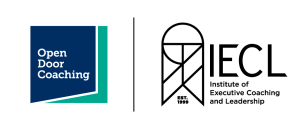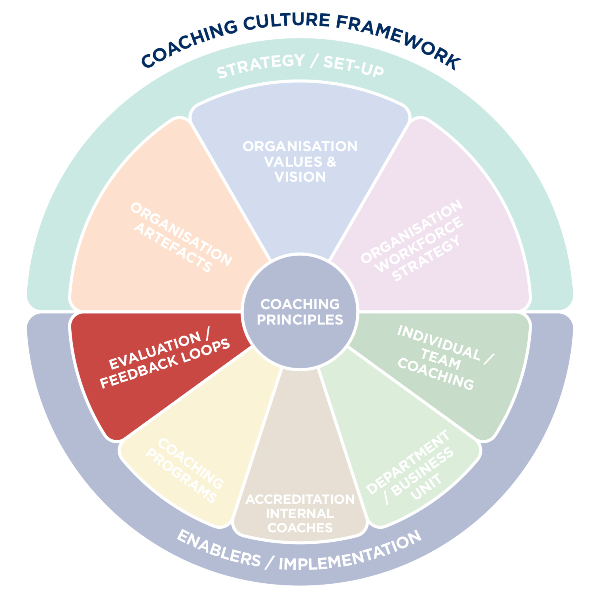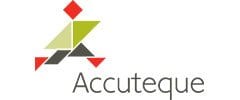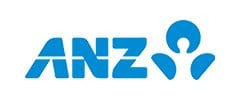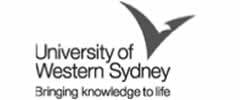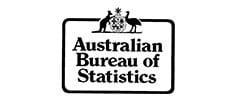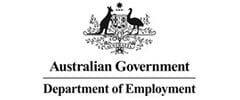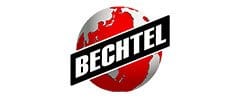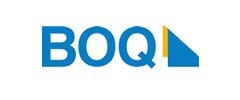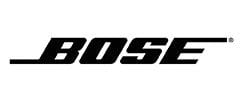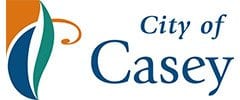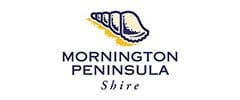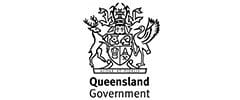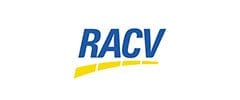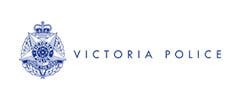This week we continue our conversation around measuring the return on investment from coaching in the workplace. We all know that coaching works. But we must be able to justify the investment. Furthermore, put clear measurements in place to support the workforce strategy or business case.
In our last webinar we explored the qualitative measurements with a particular focus on the Kirkpatrick model. In this webinar, we explore the numbers side of return on investment. Importantly looking at some of the key numbers-based metrics. These tools are featured in our Diploma of Organisational Coaching (10835NAT). Furthermore, a whole chapter has been dedicated to return on investment in Natalie’s book Bring Out Their Best – Inspiring a Coaching Culture in Your Workplace.
Different types of measurements
There are a number of different types of measurements.
These include:
- Cultural measurements
- Transaction-based measurements
- Customer-based measurements
- Financial measurements
We often are asked: how do you measure the return on investment?
And in response I am curious to find out what or how the organisation is measuring results today. Rather than introducing new measurements.
It is important to consider: what is the organisation already measuring? Because if we already have measures we can use these as a base-line.
The other key question is: what do we want to measure? We need to be clear out the outcomes that we are seeking that we want to measure.
How is ROI calculated?
ROI is quite a simple calculation as follows:
There are two key figures that we need: the gain from the investment and the cost of the investment. Then the figures are times by 100 to express ROI as a percentage.
An example of ROI
We offer several examples on the webinar. However, for example: say you coach a sales-person and they increase their sales as a result of the coaching. The gain is the increase in sales. The cost of the investment is the cost of the coaching, and you could also add in the cost of the sales-person attending the coaching. Running even these simple numbers gives you a large ROI percentage.
ROI = 5 Sales x $5,000 – Cost of Coaching $3,000 x 100
Cost of Coaching $3,000
ROI = 22,000 x 100
3,000
ROI = 733%
What about the sceptics?
With a ROI as big at 733% you are going to get sceptics who don’t believe you. Well, that’s ok. You can discount, the number. For example, let’s just say the sales-person makes only one sale, that they would not have done otherwise. Maybe they were procrastinating on calling a customer. But through coaching they went ahead. As a result, they made a sale. Even putting $5,000.00 as the gain from the investment, you still get a positive ROI.
What about the sceptics?
But I’m not good at maths!
That’s the best part. You don’t have to be good at maths! Just start thinking about the story behind the numbers. Like our example above. Then get out your calculator and start punching the numbers. And please share your examples with us!
FREE Coaching Cafe Webinar
Every week our team of experts present “Coaching Cafe” webinar with topics for Managers, Leaders, Business Owners, and everyone who wants to be a better workplace coach, leading their teams to higher productivity, better outcomes and a happier, healthier workplace.
